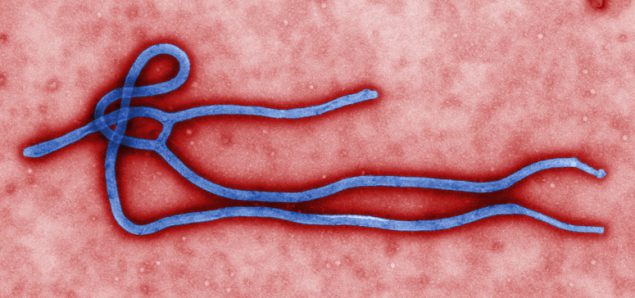Ebola Laboratory Diagnostics
 Ebola virus disease (EVD) is a severe, often fatal illness, with a case fatality rate of up to 90%. It is one of the world’s most virulent diseases.The infection is transmitted by direct contact with the blood, body fluids and tissues of infected animals or people. Severely ill patients require intensive supportive care. During an outbreak, those at higher risk of infection are health workers, family members and others in close contact with sick people and deceased patients. Ebola outbreaks can devastate families and communities, but the infection can be controlled through the use of recommended protective measures in clinics and hospitals, at community gatherings, or at home. (Source: WHO)
Ebola virus disease (EVD) is a severe, often fatal illness, with a case fatality rate of up to 90%. It is one of the world’s most virulent diseases.The infection is transmitted by direct contact with the blood, body fluids and tissues of infected animals or people. Severely ill patients require intensive supportive care. During an outbreak, those at higher risk of infection are health workers, family members and others in close contact with sick people and deceased patients. Ebola outbreaks can devastate families and communities, but the infection can be controlled through the use of recommended protective measures in clinics and hospitals, at community gatherings, or at home. (Source: WHO)
Laboratory diagnostic tests for Ebola:
| Infection Timeline | Available Diagnostics |
| Immediately after symptoms begin | Antigen-capture enzyme-linked immunosorbent assay (ELISA) testing IgM ELISA Polymerase chain reaction (PCR) Virus isolation |
| Later in disease course or during recovery | IgM and IgG antibodies |
| In deceased patients | Immunohistochemistry testing Polymerase chain reaction (PCR) Virus isolation |
(Source: CDC)
“Diagnosing Ebola in an individual who has been infected for only a few days is difficult, because the early symptoms, such as red eyes and a skin rash, are nonspecific to Ebola virus infection and are seen often in patients with more commonly occurring diseases.
However, if a person has the early symptoms of Ebola and there is reason to believe that Ebola should be considered, the patient should be isolated and public health professionals notified. Samples from the patient can then be collected and tested to confirm infection.” (Source: CDC)
“Samples from patients are an extreme biohazard risk; testing should be conducted under maximum biological containment conditions.” (Source: WHO)
